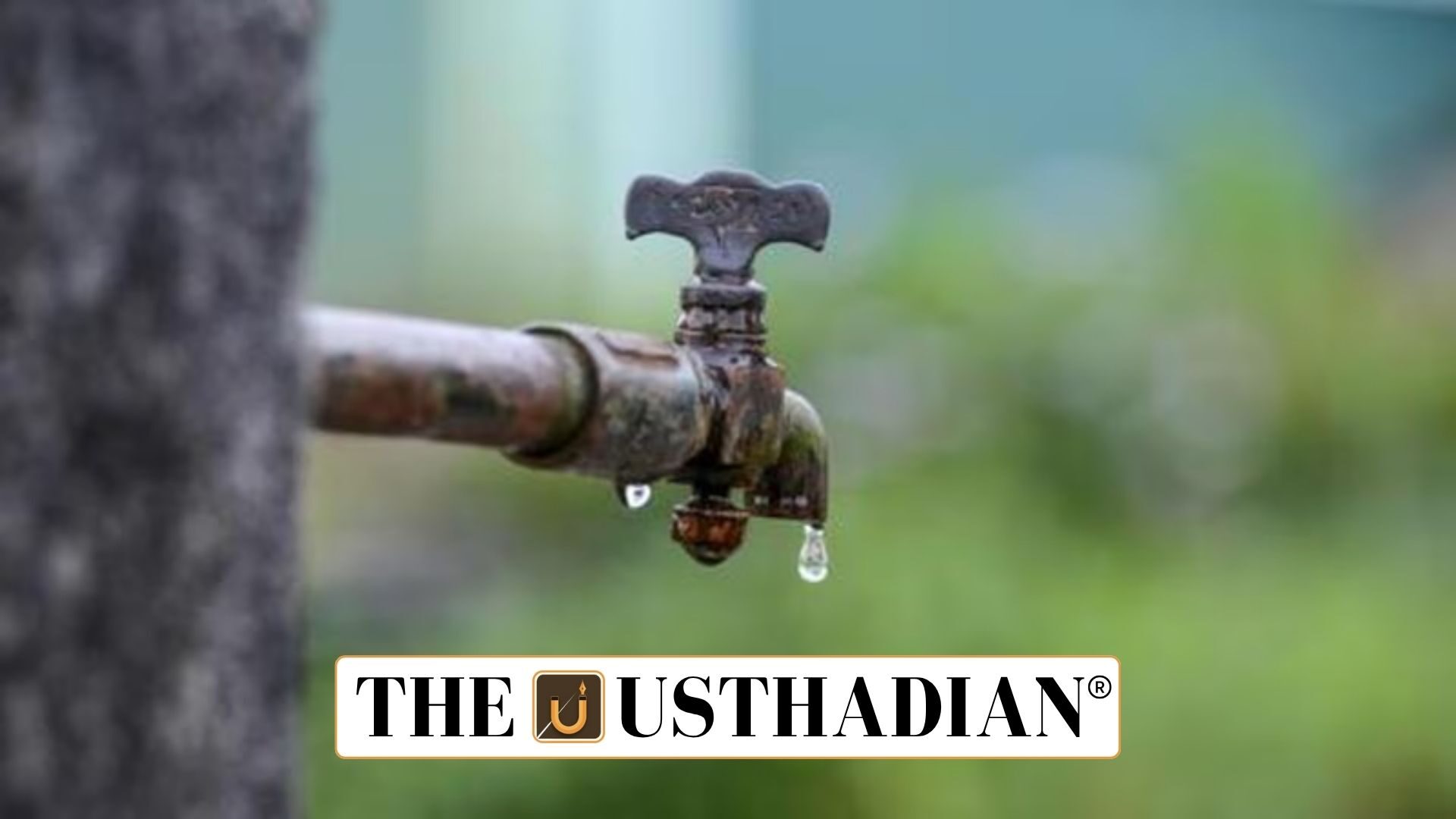Expanding Rural Water Access
Jal Jeevan Mission Expands Rural Tap Water Access: The Jal Jeevan Mission (JJM) has achieved a remarkable milestone, with over 15.71 crore rural households now receiving tap water connections, marking 80% national coverage. Launched in August 2019, the mission represents one of India’s most ambitious initiatives to ensure safe and accessible drinking water for every rural household.
Static GK fact: The Jal Jeevan Mission was launched under the Ministry of Jal Shakti on 15 August 2019 as part of the government’s vision to provide “Har Ghar Jal.”
The success of the mission reflects rapid progress in rural infrastructure, public participation, and convergence with other developmental schemes. As coverage expands, the focus now shifts toward sustaining the systems and ensuring long-term reliability.
The New Focus on Sustainability
With most villages connected, the mission’s next phase emphasizes sustainability, functionality, and quality service delivery. Merely installing taps is no longer the goal; maintaining a continuous and safe water supply is.
Static GK tip: The World Health Organization (WHO) recommends a minimum of 50–100 litres of water per person per day to meet basic health needs.
The mission’s operational goals include protecting water sources, improving water quality testing, and involving Gram Panchayats and Village Water and Sanitation Committees (VWSCs) in managing resources.
Empowering District-Level Governance
District administrations play a pivotal role in ensuring that the mission’s targets translate into sustainable results. The Ministry of Jal Shakti recently organized the District Collectors’ Peyjal Samvad in New Delhi, bringing together officials from across the country to strengthen district-led accountability and innovation.
This initiative encourages cross-learning among districts, highlights successful case studies, and promotes peer collaboration. District Collectors now serve as the key link between national policies and ground-level service delivery.
Digital Tools and Reforms
To enhance governance, digital monitoring systems have been integrated into the mission. Real-time dashboards track coverage, water quality, and complaints. Platforms like eGram Swaraj help coordinate between village-level bodies and state authorities.
Grievance redressal applications, citizen feedback tools, and convergence with schemes such as PM Gati Shakti and Watershed Development Programmes ensure efficient implementation. Training programs further help district and village officials replicate successful models nationwide.
Static GK fact: The PM Gati Shakti National Master Plan was launched in October 2021 to improve coordination among infrastructure projects through digital mapping and integration.
Towards Reliable Water Supply
The Jal Jeevan Mission is now transforming from an infrastructure project into a governance-based initiative that ensures trust, reliability, and sustainability. The mission’s goal of supplying 55 litres per person per day of safe drinking water is steadily becoming a reality. With stronger community participation, transparency, and accountability, India is moving closer to achieving universal rural water security.
Static Usthadian Current Affairs Table
Jal Jeevan Mission Expands Rural Tap Water Access:
| Topic | Detail |
| Launch year of Jal Jeevan Mission | 2019 |
| Ministry in charge | Ministry of Jal Shakti |
| Rural households covered (Oct 2025) | 15.71 crore |
| National coverage achieved | 80% |
| Daily water supply target | 55 litres per person |
| Key initiative for governance | Peyjal Samvad |
| Digital monitoring platform | eGram Swaraj |
| Supporting scheme for infrastructure | PM Gati Shakti |
| Headquarters of Ministry of Jal Shakti | New Delhi |
| Goal of the Mission | Har Ghar Jal – safe tap water for all |








